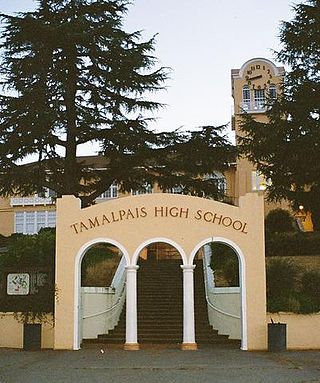This past summer and this fall, our publication gained some firsthand experience with local politics. We sought Tam and district administration approval for the purchase of new equipment to support our growing video arm, and met with members of the Tam administration to present the video project to the board during its August meeting.
Not only was this process a helpful exercise in advocacy for our publication, but it also made us more aware of the structure for effecting change and raising important issues for discussion within our community, in which more students and members of the Tam community should consider participating.
Although all of the district’s monthly school board meetings are open to the public and include a session of open comment, a healthy level of transparency and interaction with the public is impossible if community members, and students in particular, fail to show up and voice their concerns.
Perhaps we as students feel powerless to influence the policies and practices that govern our daily academic lives, or are wholly unaware of the decisions being made in our community. But the reality is that the burden rests on the students themselves to seek out this information.
They have to assume a more active role in the decision-making process—whether that be by meeting with their student board representative, Jessica Whiteley, voicing an opinion to the board or simply showing up for monthly meetings. It is the responsibility of students, and in our own interest, to advocate for ourselves and keep informed of the issues being discussed in our community.
At the same time, the administrators and leaders who are the ultimate arbiters of school decisions should make an effort to include students, the primary beneficiaries of board actions.
Student trustees, serving as representatives of their respective student bodies, are invited to make informative presentations during the public sessions of each board meeting. However, they are excluded from the private sessions of the board which precede each public meeting, and may only cast symbolic votes which do not count for the outcome of official board decisions.
In addition, only a single representative from each school in the district is included as a trustee. There is a disparity between the impact that board decisions have on students and students’ inclusion in the decision making process.
If we as students want to increase our presence on the board, we need to reject the idea that change in the school community only comes from the adults and administrators around us, and take an active role in forming and advocating for our own opinions about school policy. The first and most critical step in that process is making an effort to be as informed as possible.


